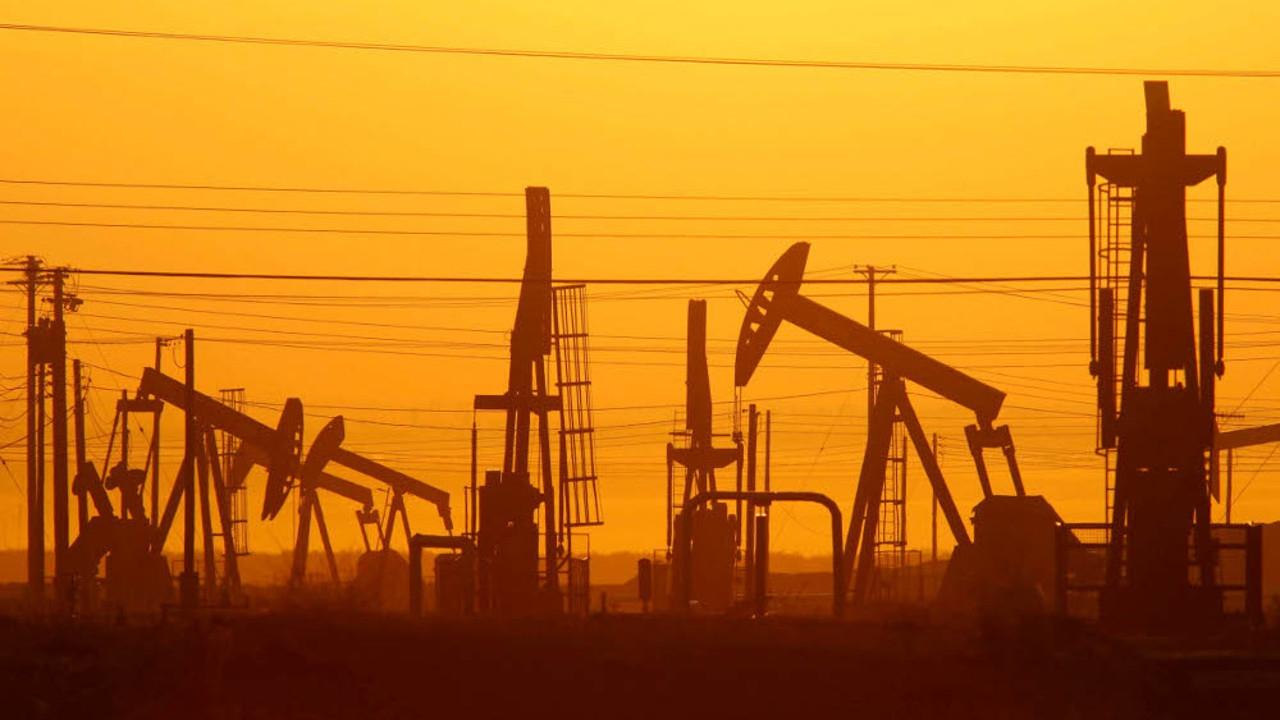Beware the coming recoil as markets rediscover risk

Despite that apparently gloomy backdrop, the S&P 500 is up 14.4 per cent since the start of the year and the ASX 200 is up 11.6 per cent from its January lows and volatility in those markets is at near all-time lows.
While there’s been an obvious disconnect between financial markets and real economies apparent since the post-crisis bounce-back in markets in early 2009, fuelled by the increasingly unconventional monetary policies of the major central banks, the disparity between markets and the real world appears to have been stretched to close to its limits.
The US market is trading on a forward price-earnings ratio of more than 17 times, compared with its 10-year average of 14.3 times. The Australian market is trading on a forward PE of about 16.5 times, which puts it at its most expensive point since the crisis.
In the US, junk bond spreads, while still significantly wider than they were heading into the crisis, have been compressed — they’ve halved since the start of the year — as a tide of yield-seeking capital has flowed into high-yield mutual funds.
Markets are holding up despite the signals that Janet Yellen and her colleagues tried to send after the recent meeting of central bankers at Jackson Hole in Wyoming.
The Fed’s chair said the case for an increase in US official rates had strengthened, her vice-chairman Stanley Fischer said her remarks were consistent with the possibility of two rate rises this year and San Francisco Fed president John Williams said this month’s meeting was “in play,” given where the US economy was.
In the immediate aftermath of Jackson Hole, US bank stocks — among the worst-performed sectors in the US market this year — surged. That’s because their net interest margins and profitability are being squeezed by the rate environment. A rate rise would be good news for them and the rise in their share prices was, in some respects, a barometer of the market’s expectations of the Fed moving.
Since then of course, slightly weaker-than-expected US jobs data has seen the market discounting the prospects of a rate rise at the Fed’s open market committee meeting over September 20 and 21 but assigning a probability of just over 50 per cent to the prospect of a December hike.
If the markets are being buoyed by ultra-low US interest rates and scepticism that the Fed will move them this year, the consequences of them being blindsided, either this month or in December, could be quite dramatic.
Last year, despite a lot of signalling by the Fed, the modest rate rise in December triggered a 12 per cent first-quarter plunge in the US market.
In the US, fund managers are getting a little nervous, given that September has traditionally been their worst-performing month. They regard the absence of volatility as potentially the eerie calm before a storm.
The start of the serious end of the presidential election — the first presidential debate is on September 26 — adds a potential wildcard to the mix of factors that could impact the markets.
The increasing prices investors have been paying for decreasing earnings isn’t, of course, the only odd development in financial markets.
Around the world more than $US13 trillion of bonds now carry negative interest rates; Japan’s central bank owns a big slab of its equity market; Denmark’s banks are paying borrowers’ interest on their mortgages and the European Central Bank, having bought €1 trillion of bonds, is running out of eligible securities to acquire.
The Financial Times’ Gillian Tett recently made a perceptive point about the Jackson Hole gathering. The central bankers focused almost entirely on real economies and the policy tools they have or might have to develop to protect growth.
There wasn’t any meaningful discussion about the “unintended consequences” of their policies and the way they have inflated financial asset prices — fuelled by the trillions of dollars of cheap debt the central bankers have made available through their money printing — to levels that in the past would have been regarded as dangerous and precursors to, at best, a severe financial shock.
The markets are increasingly brittle and increasingly vulnerable to the slightest disappointment or unexpected development.
If risk — missing from investor behaviour since 2009 because of the central bankers’ actions — were to be rediscovered and priced, the impact on markets could be quite dramatic, perhaps forcing the central bankers to delve even deeper into their chests of unconventional tools.






If the analysts have got it right, by the end of this month the US listed companies sector will have racked up six consecutive quarters of negative earnings growth. In this market, for the financial year recently ended, the ASX 200 recorded an overall decline in earnings.